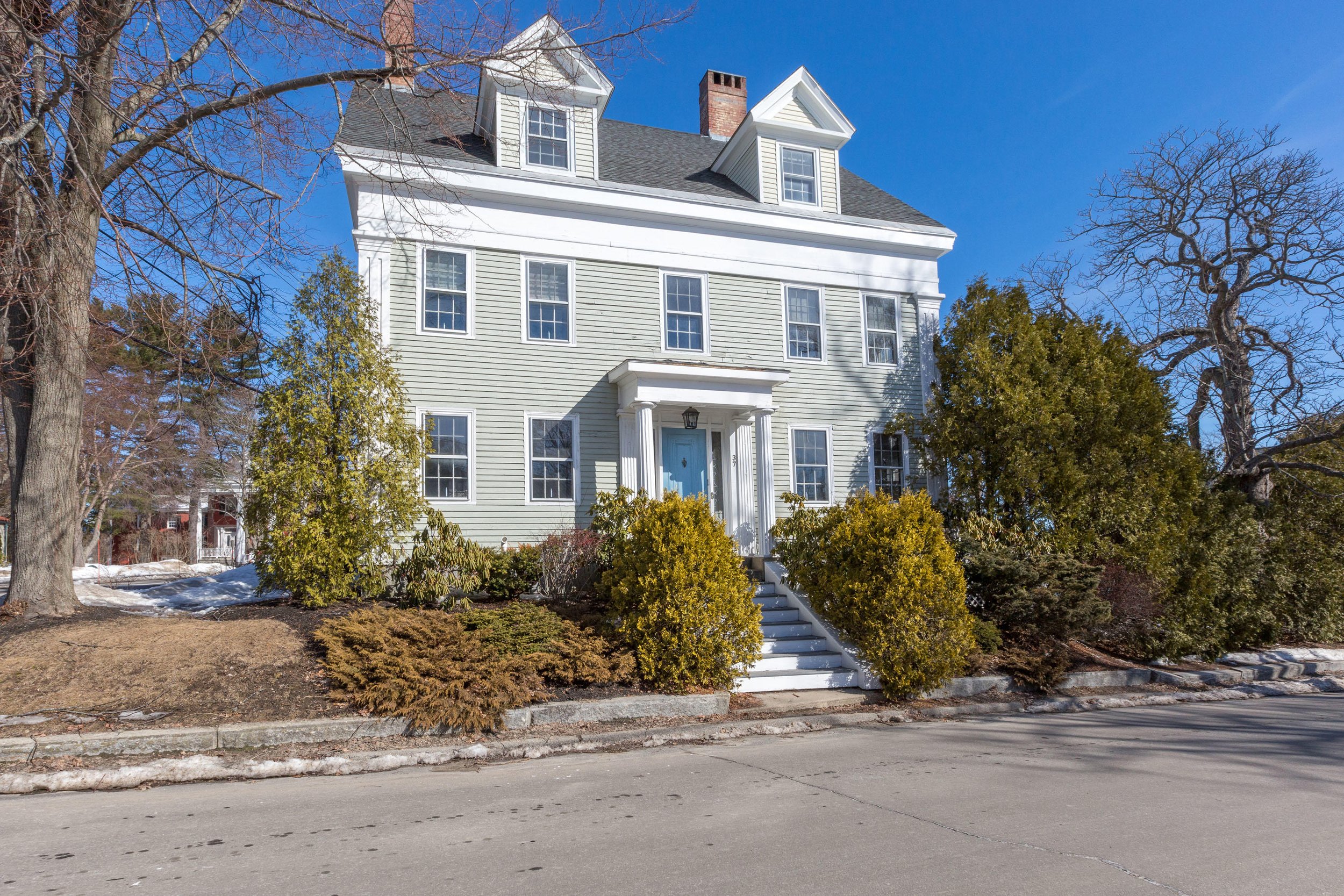# 16 Another door is opened, but you can’t hide with white folks. Let’s consider the Reverend Ellingwood and Bath, Maine
The house of Reverend Ellingwood on Oak Street in Bath, Maine
The Reverend J. W. Ellingwood (1782-1860)
In December of 1850, John Andrew Jackson fled the town of Brunswick Maine, for a slightly safer environment…that of the nearby town of Bath, Maine. He had been kindly received by Professor Smyth, The Reverend Upham and Harriet Beecher Stowe in Brunswick - all of whom had given him money, food, clothing and encouragement as he tried to make his way north to Canada. But Brunswick wasn’t entirely safe. Many Bowdoin students and faculty in this small college town were sympathetic to abolition, but not all. And even being sympathetic didn’t necessarily extend to being willing to violate or condone violation of the law. It was illegal to assist a person seeking freedom from chattel slavery. Everyone knew it. And even worse, Brunswick was almost entirely white. Jackson’s presence would stand out.
And so it isn’t surprising that Jackson made his way to Bath - there were many more Black people living near and in Bath and his chances to be unnoticed among them was higher than if he had stuck around in Brunswick. Stowe reports that he was well received in Bath by the kindly, albeit now elderly, Reverend J. W. Ellingwood (1782-1860). The Reverend wasn’t known for anti-slavery activism but Stowe reports that Jackson was directed to his house by Professor Smyth (much as Smyth had directed Jackson to the Reverend Upham the day earlier….Smyth seems to have known that these men would help no matter how much they hemmed and hawed). As Stowe wrote:
--Father E—of Bath, too, had been talking greatly about “sustaining the Union” & Smith sent the coloured br[other] to him also -- & E __ gave him a dollar & told him to put on for Canada –their hearts are better on this point than their heads.
This is a fine little anecdote and good for the Reverend Ellingwood. But note that Jackson doesn’t stay with him. My best guess is that Jackson made his way back closer to the slummier housing near the docks….where the Black silors, shipbuildres, caulkers, longshoremen, and stevedores worked. That’s the community who would have helped him for a while until he planned for his next step.
There is much good work happening around better understandings of Bath and the Maritime cultures of both slavery and resistance. See information about Tess Chakkalakal’s exhibit constructed with the assistance of Bowdoin college student’s about Bath’s connections to bondage here: see https://www.pressherald.com/2021/12/13/bath-museums-new-exhibit-reveals-maines-historic-connection-to-slave-trade/ also here
To learn more about The Runaway Chronicles and what to expect in future installments, check out my preview here. Installments will be posted each week on Mondays
To Cite:
Ashton, Susanna. "#16 Another door is opened, but you can’t hide with white folks. Let’s consider the Reeverend Ellingwood and Bath Maine.." The Runaway Chronicles. Squarespace. 08/28/2024.
Click here to order A Plausible Man. The True Story of the Escaped Slave Who Inspired Uncle Tom’s Cabin

